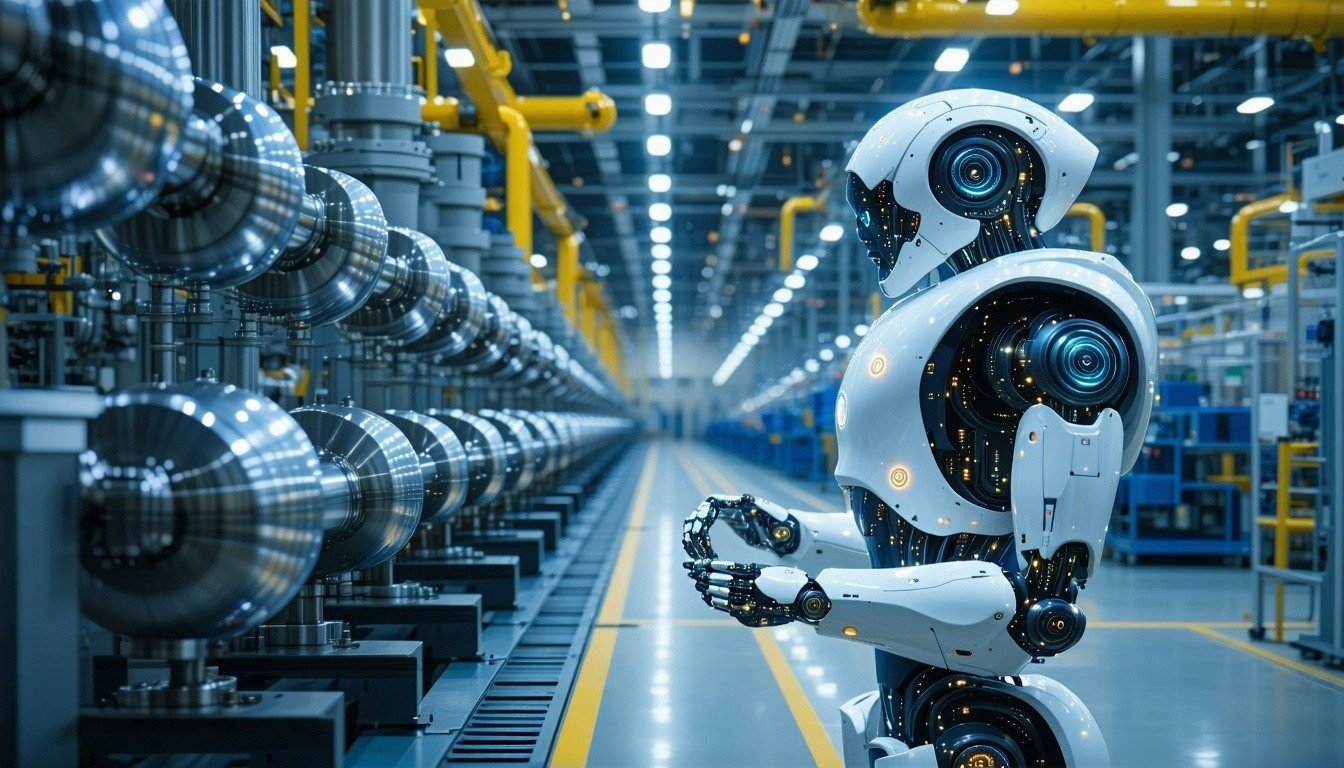Despite volatile economic conditions, the manufacturing industry is continuing its push for the “smart” digital factory. Some of the pressures spurring growth in digitalization include labor shortages, sustainability goals, and increased demand for products. In our manufacturing industry outlook, we highlight 6 significant trends that manufacturers and technology suppliers should think about as it relates to a 2023 game plan.
Saying Goodbye to Large, Long-Term Projects
One of the key trends within the manufacturing industry in 2023 is the demise of big Return on Investment (ROI) projects. In the tight macroeconomic market conditions of this year, manufacturers will favor shorter-term projects that provide quick benefits and straighten out the most pressing challenges. Suppliers also want to ensure they are providing similar offerings to their customers.
Making Sustainability a Major Aspect of Corporate Agendas
Through research interviews with industrial stakeholders, we’ve pinpointed sustainability as an emergent theme and priority in the manufacturing industry. Manufacturers are increasingly feeling the pressure to use sustainable raw materials in the production processes, reduce their supply chain carbon footprint, and implement sustainable operations that don’t negatively impact the environment. Every company needs a sustainability story, whether to appeal to the market, optimize internal operations, or attract and recruit top talent that seeks a corporate ethos with which they can identify.
Most Manufacturers Are Still New to Digital Transformation
As for digital transformation, on a scale of 1 to 5, most manufacturers are at level 2 to level 3. Manufacturers have started to connect some wireless assets, integrate disparate data sources, and see the value of digitally-enabled solutions, but have not fully scaled.
Some outliers like Mercedes’ Factory 56 facility in Sindelfingen, Germany, and the new Tesla Gigafactory in Berlin stand out in terms of next-level integration and autonomy. But most facilities are still brownfield environments that necessitate retrofitting sensors and managing the machines they have relied on for years. At the same time, there is a new crop of solutions fueled by the cloud driving net-new capability, including new business models. Manufacturers of all sizes and industries are open to these solutions, but to varying degrees, and with varying rates of adoption. As it currently stands, level 5 lights-out manufacturing at scale is still a way out.
Turning to Robots to Make Up for Labor Shortages and Bolster Productivity
Robots are seen as a highly beneficial technology solution for the many global manufacturers still dealing with labor shortages in 2023. The primary types of robotics systems in manufacturing settings include industrial robots, Collaborative Robots (cobots), Automated Guided Vehicles (AGVs), and Autonomous Mobile Robots (AMRs).
These robotics systems can automate a wide range of tasks within a manufacturing plant/factory, such as stacking pallets, transporting materials to an assembly line, picking, and mechanical cutting, among other things. To remain resilient and bolster productivity, global manufacturers are expected to invest further in robotics solutions. ABI Research forecasts the following market data for robot products in 2023 that highlight the trend:
- 11% growth in robot product shipments (577,000)
- 8% growth in robot product revenue (US$21.2 billion)
- 28% growth in robotics software revenue (US$9.2 billion)
For more market data points, check out our Data Access package.
Putting the Brakes on the Industrial Metaverse
In our annual technology trends whitepaper, our analysts pointed out the fact that the year 2023 will not be the year when industrial and manufacturing firms invest vast sums in the metaverse. Staff will not be creating avatars and solving challenges in virtual worlds, as useful as that would be. The economic climate does not lend itself to investments that lack a clear pathway to value, such as virtual worlds.
Instead, manufacturing firms will be investing in tools that build a digital thread, providing feedback loops between designers, engineers, and manufacturing teams. In addition to this trend, there will be continued investments in digital twins that mirror machines, production lines, and facilities, as firms look to optimize their operations—both production-wise and sustainability-wise.
Need for Innovative Generative Design Software
As found in our Digital Factory Data market report (December 2022), spending on generative design software in the industrial and manufacturing spaces will grow by 36% in 2023—from US$166 million in 2022 to US$258 million this year. And the number of generative design licenses in circulation will increase from 55,417 to 86,133 in that same time period.
Generative design software is currently used exclusively by discrete manufacturers, especially in the automotive and aerospace sectors. Mechanical engineers and industrial product designers are key users. Generative design software can help humans create great products, not replace designers. However, a culture shift is in order to gain the maximum benefit.
In terms of generative design innovation, the main trends for suppliers include the following:
- Building out robust capabilities to apply geometric constraints
- Simulating the performance of the product design
- Helping customers design items that reflect the manufacturing environment on the factory floor
- Factoring in commercial considerations, such as lightweighting and cost reductions
Learn More
Want to always stay on top of the latest trends and outlooks in the global manufacturing industry? Sign up for a free account with us today and gain access to premium content like Research Highlights, Analyst Insights, and Charts & Data.
Below are some examples of premium content that you might be interested in checking out:
Outdoor Mobile Robot Platforms and Applications [Research Highlight]
The Evolving Role of Manufacturing Execution Systems (MESs) In Operational Excellence [Research Highlight]
Changes in Technology Spending and Production Efficiency in the “Big 4” Manufacturing Economies [Insight]
Exoskeleton Revenue by Region [Chart]




